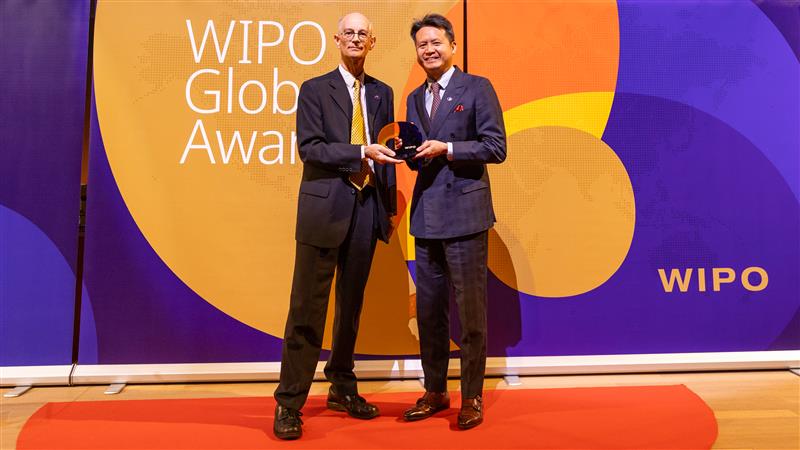Retail Scanner
Costing the earth – fashion circularity might just be the solution to a sustainable fashion industry
Juli 2022
What types of industries come to mind when you think of those that are most polluting? Oil and gas? Aviation? Well, when it comes to polluting industries, it may surprise you to learn that the fashion industry is one of the least environmentally friendly industries around.
The fashion industry is widely believed to be the second largest polluting industry after oil and gas, and according to a recent UN study, around 93 billion cubic metres of water, enough to meet the needs of five million people, is used by the fashion industry each year, and around half a million tons of microfibre was dumped into the ocean annually up to 2019.
In 2021 Greenpeace produced a study on the scale and effects of the disposal of unwanted items of clothing and found that roughly 300,000 tonnes of clothes were burned or buried as landfill each year, and that much of this consists of clothing that has not ever been worn, but simply represents previous seasons trends that are no longer deemed sellable by various brands.
This is the environmental cost of what has become known as ‘Fast Fashion’ and its associated practices. Against this backdrop, it’s little wonder the fashion industry is now looking at new ways of mitigating its environmental impact and thinking of ways to build consumer confidence, and consciousness, into a more eco-friendly and sustainable model.
Fashion circularity
One of the ways the fashion industry has attempted to lessen its impact on the globe has been through fashion circularity. I’ll explain…
There are three main models of clothing production, use and disposal.
- Linear – this is where a piece of clothing is produced, purchased by a consumer (or sometimes not even sold) and simply thrown away.
- Recycling – A piece of clothing is produced, bought and worn by a consumer, then passed somewhere else where it is recycled into another piece of clothing, or possibly something else.
- Circular – This is where a garment is produced, sold to and worn by a consumer, then returned to the production cycle. That is to say, the garment is, for instance, composted and used to grow the next crop of cotton that would then be harvested and made in to the fabric that is then made into a new piece of clothing… and so on.
It is easy to see how a circularity model can lessen the impact of clothes production on the environment. However, in order for this model to work, it requires a different approach to the fundamentals of fashion itself.
Taking the example above, in order for a garment to be able to be composted, it needs to be made of material capable of biodegrading, and these materials are not always the most cost effective, or desirable option for a fashion brand. Plastic-based fabrics like acrylic, nylon, fleece, polyester, and rayon are some of the least biodegradable fabrics on the market. Not only do these synthetic fabrics not biodegrade, their production process uses materials such as refined oil and other pollutants.
Breakthroughs – closing the loop
Thinking differently is an important part of making sustainable and long-lasting changes to fashion production, where waste and pollution need to be designed out of the process. There are companies that have taken this approach and formulated ways of reusing materials without the need to put in anything new. One such example is Recover, company based in Spain that produces new fabrics and fibres from old materials that can no longer be used, focusing on a closed loop production model.
Another initiative is The Billie System. This is a system, developed in Tai Po, Hong Kong, that uses mechanical textile techniques to produce fibres and fabrics form unwanted materials, all without the use of water, making this a very low impact solution to textile production.
It’s not just new names championing the circular model of fashion. Stella McCartney recently stated “The future of fashion is circular. It has to be.” and has fed this ethos into her fashion lines, notably her autumn/winter 2019 collection.
Highstreet retailer Uniqlo has also embraced this ethos with the launch of its RE:Uniqlo campaign. This is a circular sustainability program that encourages people to return unwanted Uniqlo clothes to their stores where they transform them into new products or provide them upcycled to refugees and disaster victims.
Where next?
It is interesting and encouraging to see that many fashion brands are considering the environmental impact of their goods and how this can be mitigated. It seems that there are many brands who see that investment in developing areas of circular production practices can pay off, not just for the consumer perception of their brand, but for the whole world.
What about IP?
The rise of the circular economy also poses IP questions and the interaction between IP and commercial goals of brand owners and retailers alike. Resale websites and upcycling, which could form key aspects of the circular economy, often conflict with traditional concepts of IP law such as the exhaustion of IP rights and commercial control of selective distribution channels. Also, the interaction between IP and commercial decisions will be key. For example, should luxury brand owners and retailers encourage and embrace the resale websites which they control themselves, rather than constantly fighting them with IP law? To make the analogy, the luxury car market to a degree is driven by the resale market. Luxury car brands repute are enhanced by a resale market, which to a degree is controlled and encouraged by brand owners. Should not the fashion market embrace those concepts? Further, brand owners and retailers could encourage the authentication of genuine product to fight counterfeits in resale. The enforcement of IP rights may be required, but one should not look at IP law in isolation but incorporate it into the commercial strategy of the brand or brand owner.
This article was prepared by HGF’s Trade Mark Attorney James Appleyard.
































